Formula 1's US agenda: Miami now, Las Vegas next?
The sport may have endured a rocky past with the United States, but Liberty’s modern Formula 1 is set on increasing its presence in America. Chris Medland looks at how the Miami Grand Prix came about, and how much is riding on it
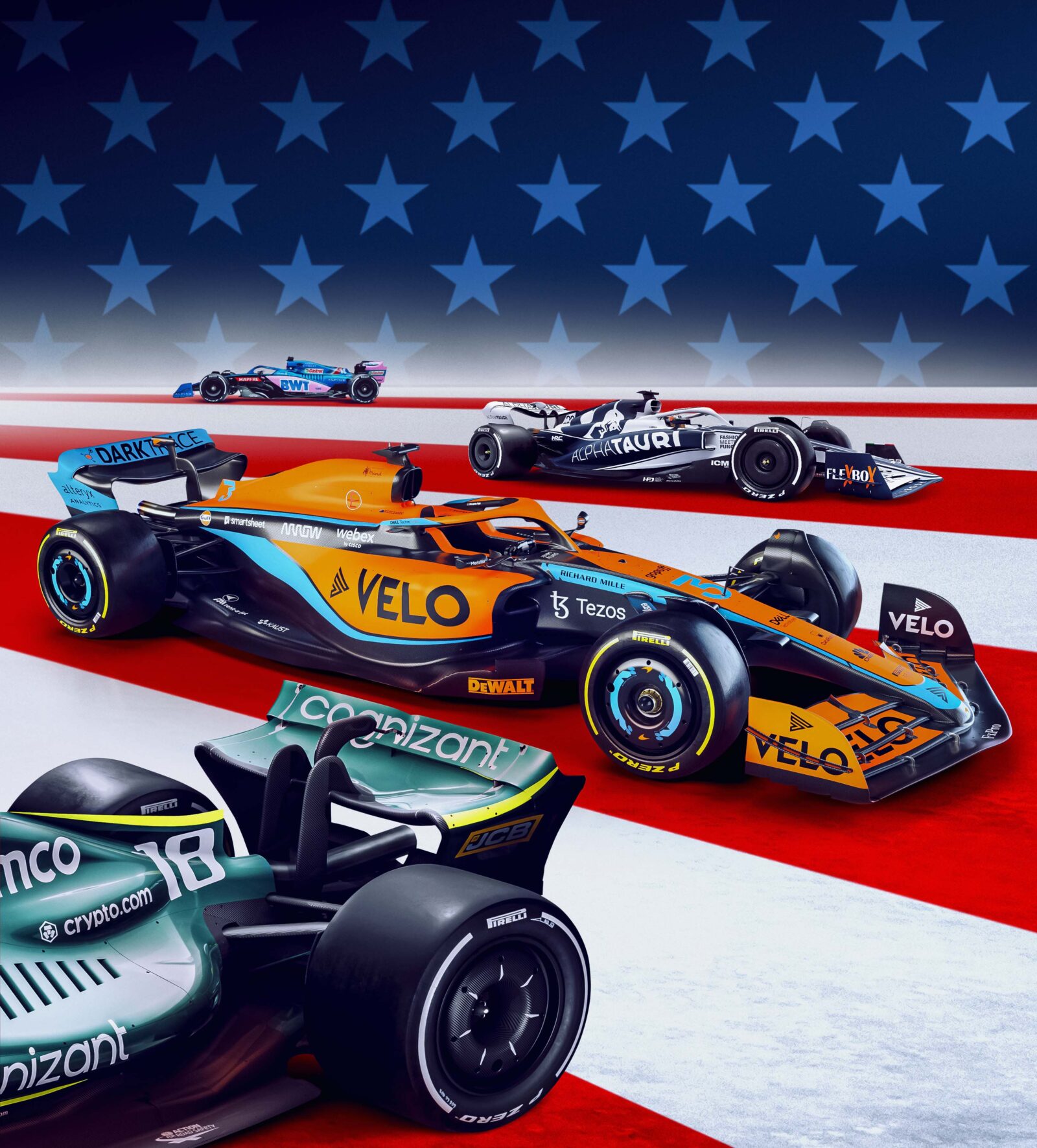
If you ever find yourself getting off a ferry at Weehawken Port Imperial in New Jersey, you might notice a long, low parking garage directly opposite you. On the ground floor are shops below the parking levels, but these were intended to become pit garages to host the Grand Prix of America and return Formula 1 to the New York area.
It was over a decade ago that plans were announced but they never came to fruition, in what has been a familiar tale for F1 in the United States. Plenty of potential, numerous false starts, and difficulties finding a permanent home.
Circuit of the Americas in Austin, Texas appears to have addressed the last of those three points at least, but it’s a different race in the US that will be taking most of Liberty Media’s focus this year: the all new Miami Grand Prix, which will run in early May on an all-new purpose-built circuit.
“Las Vegas also looks likely to join the F1 calendar in the near future”
The Florida race is part of a major push into the US for the sport. It has already been helped by the success of the Netflix series Drive to Survive which has acted as a giant marketing tool for F1 in the country. Since the series started F1 has seen a 40% increase in US viewership and recorded its best attended race ever with 400,000 people at COTA last year. Meanwhile tickets for the Miami race sold out in less than an hour when they went on sale late last year. In fact, at the time of writing, sources close to Liberty claimed that a third US race was soon to be announced – this one a street race in Las Vegas.
But despite the excitement building around the sport in America, getting the Miami race off the ground was not easy. An original downtown circuit was designed and planned but came unstuck in 2019 amid local opposition to the Biscayne Bay and Bayfront Park layout. Given what had happened in New Jersey, many felt that could be that for the Miami project.
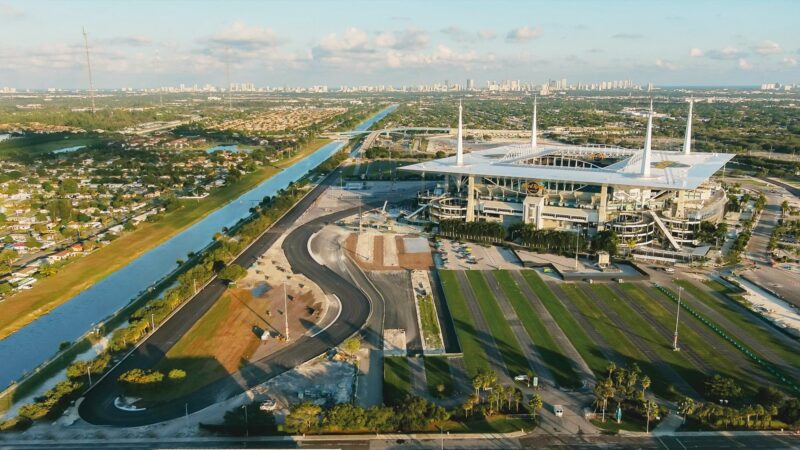
The new layout may have been built from scratch in a car park, but it shows promise
The big difference was that the Weehawken event was in Bernie Ecclestone’s time. Current F1 owner Liberty had placed a much larger emphasis on growing the sport in the US, had a partner who was eager to be involved in the form of Miami Dolphins owner Stephen Ross, and in many ways it couldn’t afford to see the project fail. That’s not just because of things the commercial rights holder had said publicly, but because Ross had been in the race to purchase a stake in F1 when Liberty came on the scene. F1 was something he wanted to be involved in, and a race in Miami for Ross coupled with full ownership of the sport for Liberty was something that would work well for both sides…
Yet, despite the change of ownership, there were similarities in the way New Jersey and downtown Miami fell by the wayside. Both locations had been targeted not for the potential racetrack they could provide, but the backdrop that would come with it: skyscrapers, waterfronts, and a visually iconic location.
Liberty had put pressure on itself. Unlike the Ecclestone approach of who-cares-if-it-happens-as-long-as-I-get-paid, the US group has never hidden the fact that it wants to add more races in “destination cities” around the world, and Miami fits that bill. To let the attempt fizzle out would be an early embarrassment. F1’s owners see it as a city that attracts major global and cultural events, and has a large sports fanbase already in place courtesy of the NFL’s Miami Dolphins and the NBA’s Miami Heat.
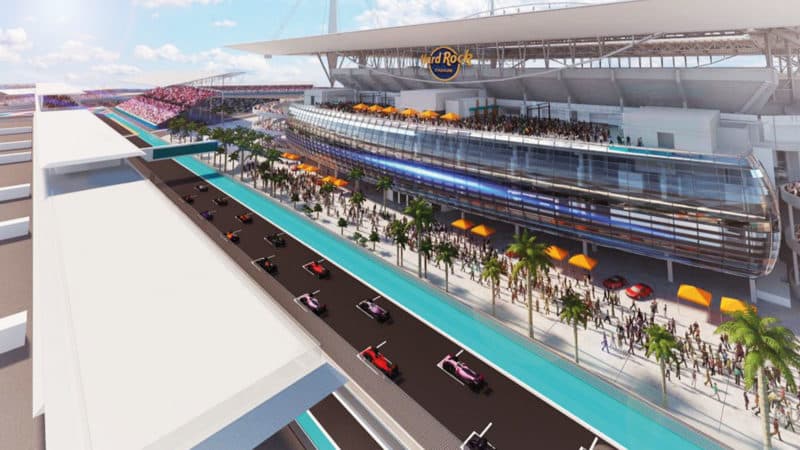
F1 has finally found a Miami home by the Hard Rock Stadium

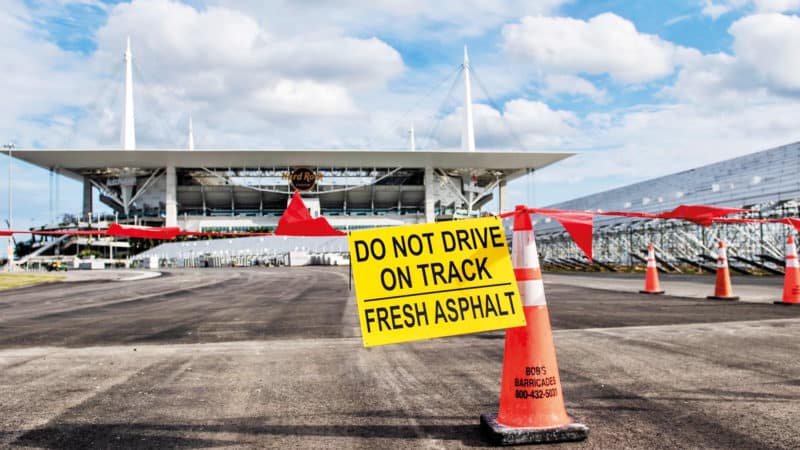
While it was around the Heat’s FTX Arena that the original track layout was focused, it was the Dolphins that actually provided the perfect fix for Liberty to ensure the project didn’t fall at the first hurdle.
Hard Rock Stadium could originally hold 75,000 (until a recent redevelopment slightly reduced that figure), and it had the car parking space to go with that. With the way US stadiums are built, that meant a huge swathe of flat land around the arena that could be redeveloped into a circuit.
Ross owns the Dolphins and the land around Hard Rock Stadium, and as someone so keen to get an F1 race on his portfolio he was willing to stump up the money to build the track from scratch.
Problem solved, right? Wrong. Another reason so many races in America have failed to come together has been due to a lack of awareness surrounding F1. It shouldn’t come as a surprise, seeing as Liberty saw it as a massively untapped market when it took control, but it created further problems.
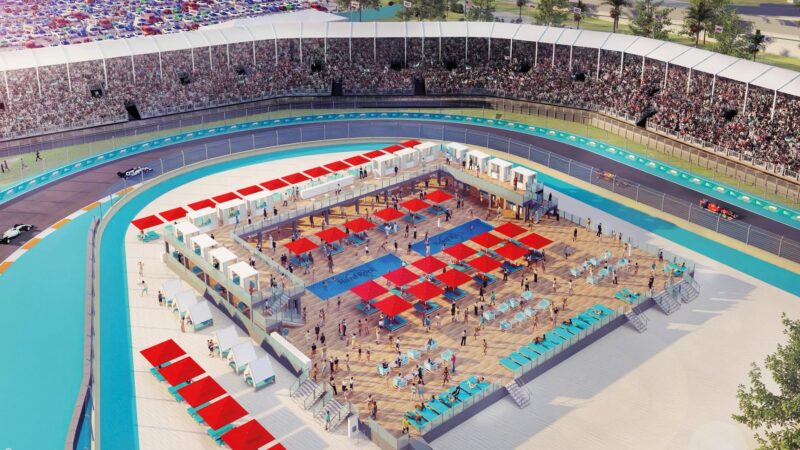
A rather different viewing environment in Miami
There was still community pushback, with a local commissioner complaining about the disruption, noise pollution and emissions from the cars, leading to claims the race could be a health hazard to the Miami Gardens area.
That the track layout was again altered to avoid a public road, millions of dollars spent on community projects and Friday session times moved shows just how desperate Liberty has been to put the race on.
Aside from the history with Ross, it’s also a grand prix that could act as a template for future opportunities. The revenue structure is different to many other races where a flat fee is paid by the race promoter to Liberty, as Miami will instead split a percentage of each race’s profits with the commercial rights holder.
Should that prove lucrative to F1 – and it’s the teams who receive a slice of the sport’s revenues and need to be satisfied – then other races could target a spot on the calendar without having to find a hefty lump sum each year, before even knowing if the event will be a success. And with Las Vegas waiting in the wings organisers will be watching closely how the event pans out in Miami.
It might seem premature to be talking about a third race in the United States before the second has even made its debut, but we are some five years into the Miami project. Other discussions were naturally happening but as plans in Florida firmed up more attention
could be paid to those prospective hosts.
Such talks go hand-in-hand with the rise in popularity for F1 in America. Money has followed in the form of multiple sponsors – the most high-profile being Red Bull’s massive new title partnership with Oracle and Google’s deal with McLaren.
The momentum behind the sport in the US right now is huge, and Vegas is ready to provide an even more iconic backdrop than Miami with a race along The Strip. The only thing that can halt that momentum at this stage is a Miami event that doesn’t live up to the hype. Given it will be the 11th venue to host a race in the United States, and only two before it have reached double figures, it’s no easy task. But get it right, and F1 might just be able to say it has finally ‘cracked’ America once and for all.
